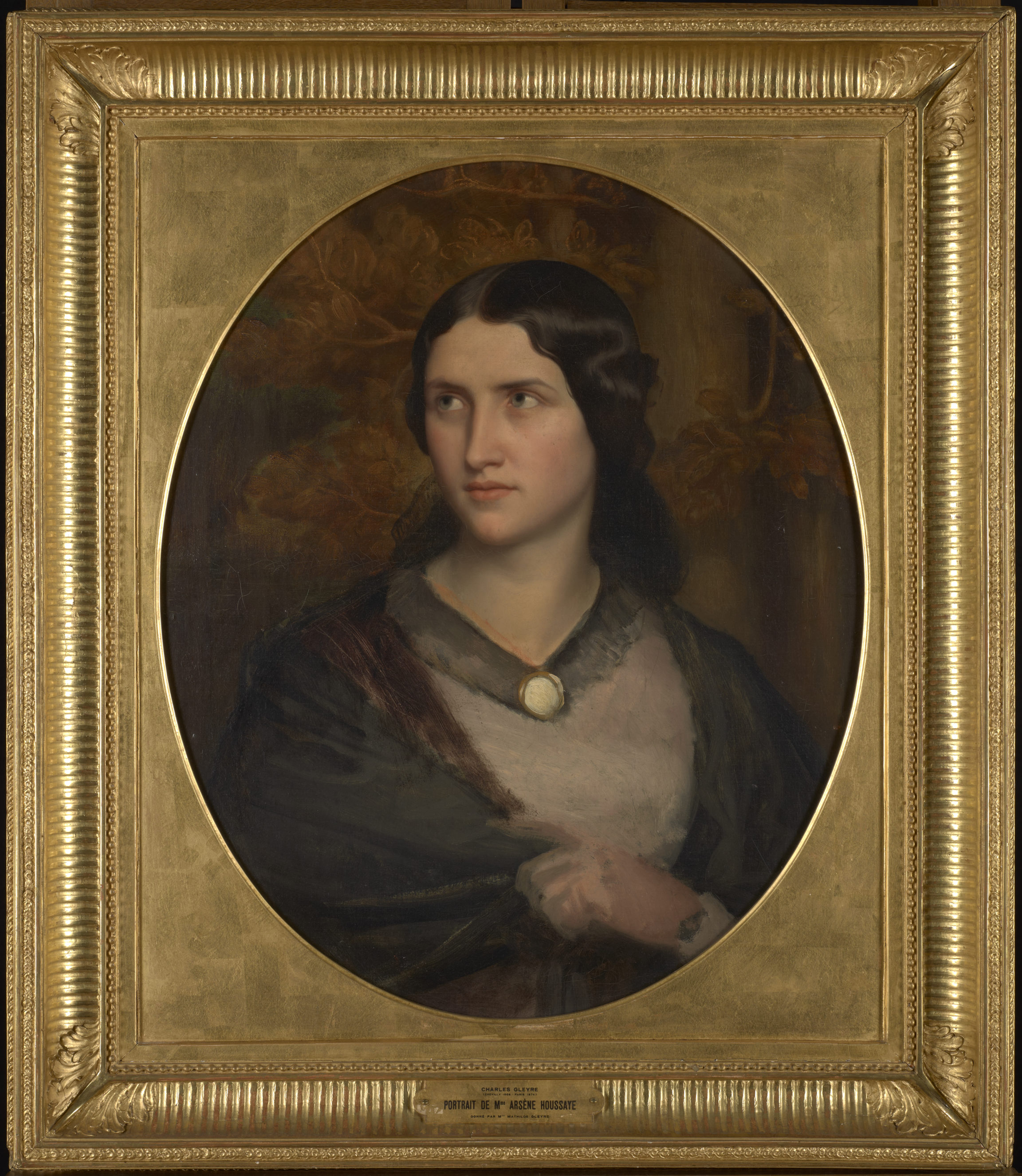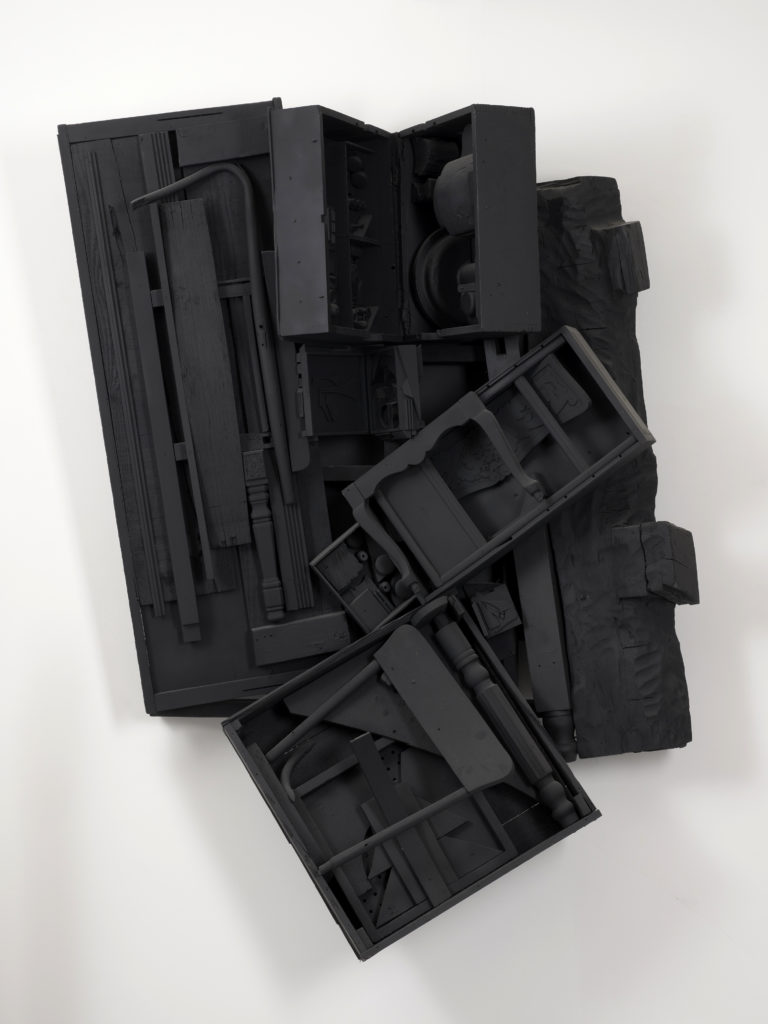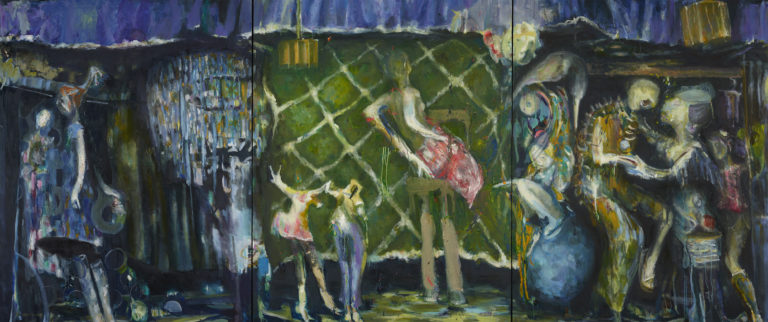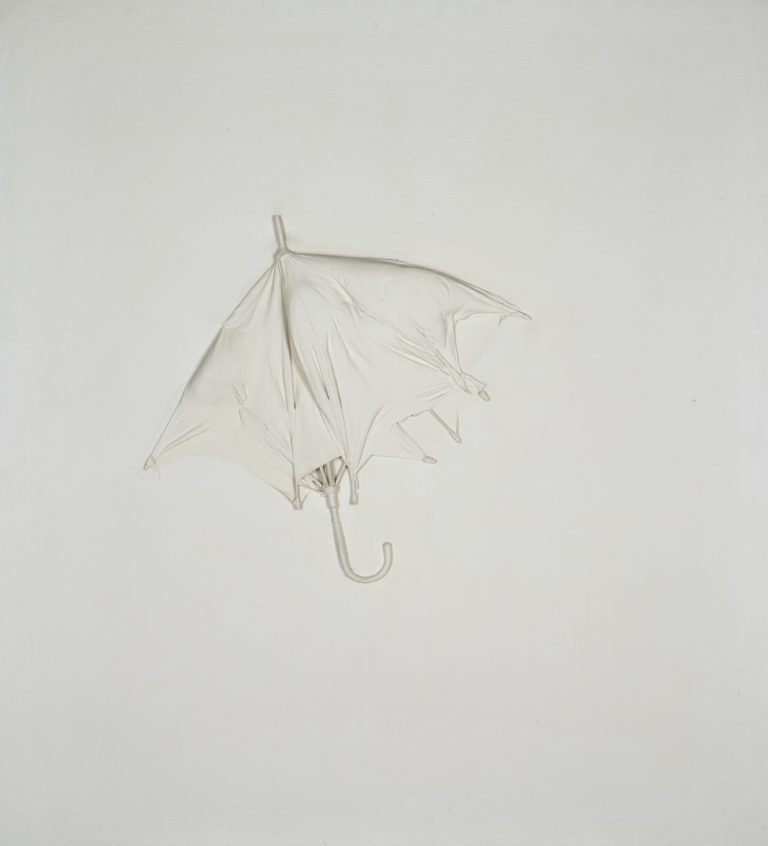Bibliography
Côme Fabre (ed.), Charles Gleyre. Le romantique repenti, exh. cat. Paris, Musée d’Orsay, Paris, Hazan, 2016: 37-39.
Catherine Lepdor (ed.), Charles Gleyre. Le génie de l’invention, exh. cat. Lausanne, Musée cantonal des Beaux-Arts, Lausanne, Musée cantonal des Beaux-Arts, Milan, 5 Continents Editions, 2006: n. 113.
William Hauptman, Charles Gleyre 1806-1874. I Life and Works. II Catalogue raisonné, Princeton/N.J., Princeton University Press, Zurich, Swiss Institute for Art Research (SIK-ISEA), 1996: n. 494.




Back in Paris in 1838 after a lengthy absence, Charles Gleyre set about rebuilding his professional network. To do so, he called on longstanding friends, including the painter Sébastien Cornu and his wife Hortense, who held an influential salon. It is likely to have been Hortense who introduced Gleyre to Arsène Houssaye, editor of the review L’Artiste. The two men shared the same pro-republic leanings and often lunched together at the Café d’Orsay. In 1845, they became neighbours on the rue du Bac. Houssaye gave Gleyre’s entry for the 1843 Salon, Le Soir (Evening, now in the Louvre), an enthusiastic reception. He renamed it Les Illusions perdues (Lost Illusions) and took steps to purchase the work before bowing out so that the French government could acquire it for the Musée du Luxembourg.
This unfinished portrait demonstrates Gleyre’s flair as a portraitist. The sitter, a woman aged around twenty, is in front of a backdrop of wallpaper painted with country scenes, or possibly an unfinished landscape. Anne-Stéphanie Bourgeois de la Valette, known familiarly as Fanny, was Arsène Houssaye’s first wife. She was the muse of a small coterie of writers including Sandeau, Sainte-Beuve, Dumas, Hugo, Gautier, Nerval and Musset. She also inspired many artists, including the sculptor François Jouffroy who presented a bust of her at the 1847 which inspired Théophile Gautier to write in La Presse on 10 April 1847, “A narrow Greek brow lapped by waves of hair […]; lively, shaded eyes, a slender nose […], a tender mouth […] a firm chin where a Grace’s finger has pressed a dimple […]; a frail, supple neck […]; such is the face that one might take for an antique goddess of love, copied by Leonardo da Vinci”.